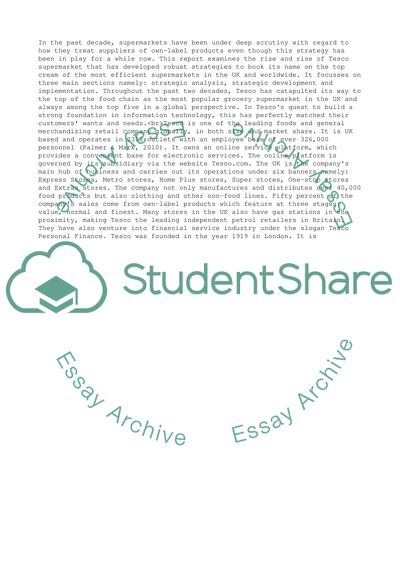Cite this document
(Business strategy report Essay Example | Topics and Well Written Essays - 3500 words, n.d.)
Business strategy report Essay Example | Topics and Well Written Essays - 3500 words. https://studentshare.org/management/1851572-business-strategy-report
Business strategy report Essay Example | Topics and Well Written Essays - 3500 words. https://studentshare.org/management/1851572-business-strategy-report
(Business Strategy Report Essay Example | Topics and Well Written Essays - 3500 Words)
Business Strategy Report Essay Example | Topics and Well Written Essays - 3500 Words. https://studentshare.org/management/1851572-business-strategy-report.
Business Strategy Report Essay Example | Topics and Well Written Essays - 3500 Words. https://studentshare.org/management/1851572-business-strategy-report.
“Business Strategy Report Essay Example | Topics and Well Written Essays - 3500 Words”. https://studentshare.org/management/1851572-business-strategy-report.


